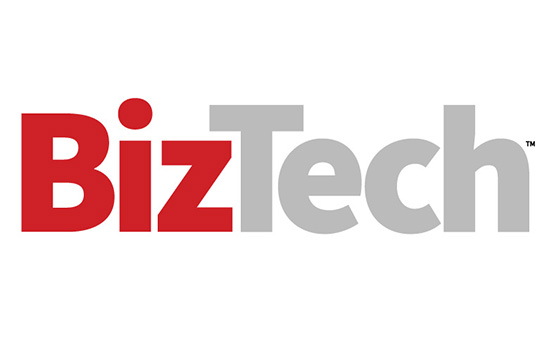Unify Data Platforms for Real-Time Access
“A unified data management platform is a centralized system that seamlessly integrates and governs diverse data sources, enabling secure, role-based access for multiple personas across the organization,” says Ben Schreiner, head of AI and modern data strategy business development at Amazon Web Services. “Platforms like Amazon SageMaker Unified Studio exemplify this by combining data integration, governance and AI capabilities in a single, collaborative workspace.”
A unified data management system also eliminates silos to improve business coordination and collaboration.
There are two main types of unified data management platforms, Schreiner says: plug-and-play and bespoke.
“Plug-and-play platforms are typically the best fit for smaller SMBs [around 50 employees], as they might prioritize automation, easy maintenance and quick onboarding over scale and customization,” he says. “Larger SMBs [around 1,000 employees] with more complex data needs may benefit from bespoke solutions, which offer greater customization, scalability and tailored governance.”
The middle option is to combine “plug-and-play ease with custom integrations,” Schreiner adds. “Careful evaluation of the options and the organization's requirements is essential to make the right decision.”
Real-World Example: Small Retailers
Smaller retailers such as Favorite Daughter and Joe’s have been investing in a unified data platform to consolidate customer data from their e-commerce sites, in-store systems and marketing tools.
This real-time data integration reduces data silos, improves inventory management and personalizes customer outreach.
Click the banner below to keep reading stories from our new publication BizTech: Small Business.













